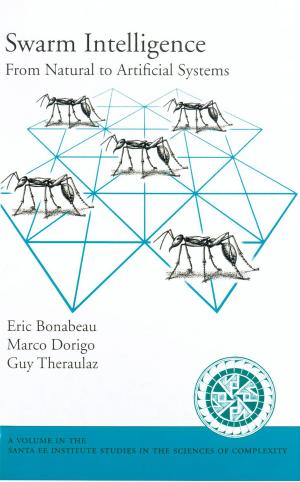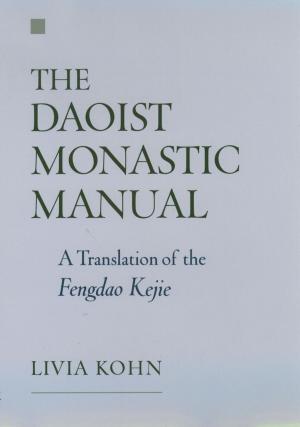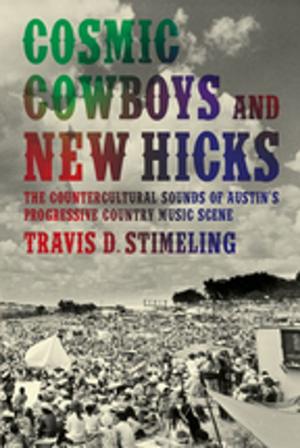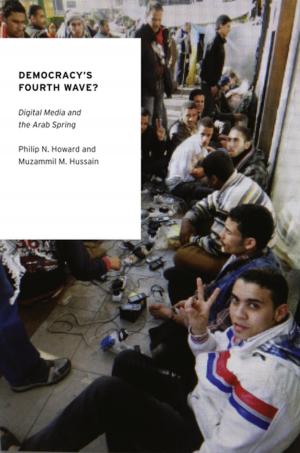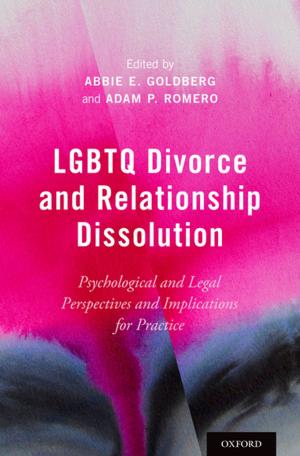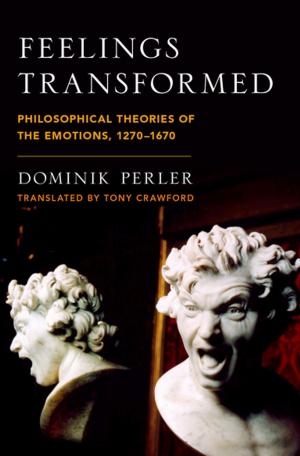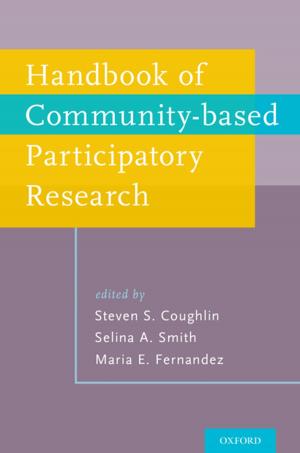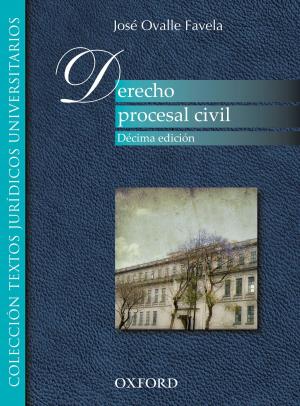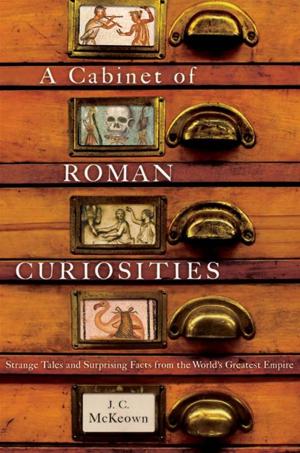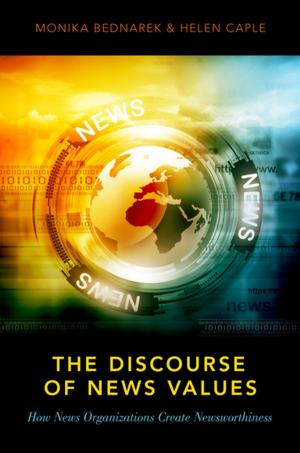Music Education for Children with Autism Spectrum Disorder
A Resource for Teachers
Nonfiction, Entertainment, Music, Instruments & Instruction, Exercises, Instruction & Study, Theory & Criticism| Author: | Sheila J. Scott | ISBN: | 9780190606367 |
| Publisher: | Oxford University Press | Publication: | January 2, 2017 |
| Imprint: | Oxford University Press | Language: | English |
| Author: | Sheila J. Scott |
| ISBN: | 9780190606367 |
| Publisher: | Oxford University Press |
| Publication: | January 2, 2017 |
| Imprint: | Oxford University Press |
| Language: | English |
Music Education for Children with Autism Spectrum Disorder: A Resource for Teachers provides foundational information about autism spectrum disorder and strategies for engaging students with ASD in music-based activities such as singing, listening, moving, and playing instruments. This practical resource supplies invaluable frameworks for teachers who work with early-years students. The book first provides readers with background information about ASD and how students with this condition manage their behaviors in school environments. It then progresses to provide teachers with information about planning music-based instruction for students on the spectrum. In the book's midsection, readers learn how students with ASD perceive, remember, and articulate pitch perception. Following chapters present a series of practical ideas for engaging students with ASD though songs and singing and concentrate on skills in music listening, most notably on activities that motivate students with ASD to interact with others through joint attention. Challenges that individuals with ASD experience in motor processing are examined, including difficulties with gait and coordination, motor planning, object control, and imitation. This is followed by practical teaching suggestions for engaging students with activities in which movement is mediated through sound (e.g., drum beats) and music. Closing chapters introduce non-pitched percussion instruments along with activities in which children engage in multisensory experiences by playing instruments--musical activities described in preceding chapters are combined with stories and drama to create musical narratives. Music Education for Children with Autism Spectrum Disorder is accompanied by a companion website that supplies helpful supplemental materials including audio of songs notated in the book for easy access.
Music Education for Children with Autism Spectrum Disorder: A Resource for Teachers provides foundational information about autism spectrum disorder and strategies for engaging students with ASD in music-based activities such as singing, listening, moving, and playing instruments. This practical resource supplies invaluable frameworks for teachers who work with early-years students. The book first provides readers with background information about ASD and how students with this condition manage their behaviors in school environments. It then progresses to provide teachers with information about planning music-based instruction for students on the spectrum. In the book's midsection, readers learn how students with ASD perceive, remember, and articulate pitch perception. Following chapters present a series of practical ideas for engaging students with ASD though songs and singing and concentrate on skills in music listening, most notably on activities that motivate students with ASD to interact with others through joint attention. Challenges that individuals with ASD experience in motor processing are examined, including difficulties with gait and coordination, motor planning, object control, and imitation. This is followed by practical teaching suggestions for engaging students with activities in which movement is mediated through sound (e.g., drum beats) and music. Closing chapters introduce non-pitched percussion instruments along with activities in which children engage in multisensory experiences by playing instruments--musical activities described in preceding chapters are combined with stories and drama to create musical narratives. Music Education for Children with Autism Spectrum Disorder is accompanied by a companion website that supplies helpful supplemental materials including audio of songs notated in the book for easy access.


